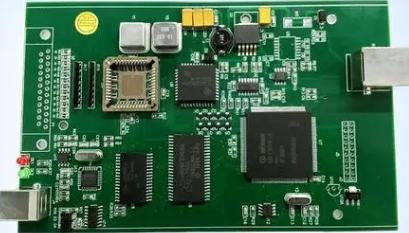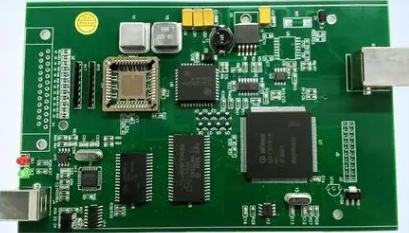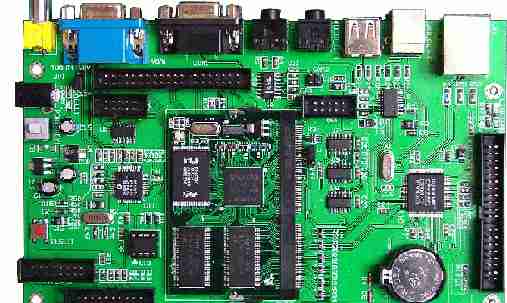
The solder paste is a crucial component in the SMT patch processing process because it acts as a connection between the SMT components and the PCB board. SMT factories must manage and control the solder paste very carefully to ensure the production of high quality boards.
First, the SMT patch factory must properly store the solder paste
Storage conditions are crucial to maintaining the properties of the paste. The solder paste must be stored at low temperatures to prevent it from being oxidized and aged. In general, the solder paste should be stored in an environment with a temperature of 0-10 ° C and should be kept in a closed container, which can ensure that the solder paste will not be affected by dust, moisture and other pollutants in the external environment.
Although the solder paste has passed the quality control of the supplier, the solder paste processing plant still needs to carry out a comprehensive inspection of the solder paste before use. Its appearance and color should be uniform, with no particles or impurities. SMT manufacturers must ensure that the solder paste has not been oxidized and aged for too long, otherwise it cannot be used.

Second, the SMT patch factory must use the correct amount of solder paste
If too much solder paste is used, it may cause a short circuit on the circuit board or an unpredictable shape of the pad. Using too little solder paste may result in unstable or unstable welding. The SMT patch processing plant should calculate the amount of solder paste used according to the size of the component, the package form and the size of the pad to ensure the quality of welding.
Third, the SMT patch factory must use the appropriate equipment to apply the solder paste
Using outdated equipment and technology can result in too much or too little solder paste being applied to the pad, affecting the quality of the weld. Modern SMT plants usually use sophisticated equipment to apply the paste, such as printing presses and needle applicators.
Fourth, the SMT patch factory must strictly comply with the process of tin paste treatment
In general, this involves transferring the paste to a press or applicator, printing, coating, and heat treatment through a reflux furnace. In this process, the temperature and humidity must be accurately controlled to ensure that the solder paste on the pad is successfully melted and cured. Any deviation or interruption in this process may result in poor welding or damaged components.
In general, SMT processing plants must carefully manage and control the quality and use of solder paste. If the solder paste is stored, inspected, used and treated correctly, SMT mounters can produce boards of exceptional quality.







